Cats are enigmatic creatures that have intrigued humans for centuries with their curious behaviors and distinct personalities. One of the most intriguing aspects of feline behavior is their varied reactions to water. Some cats are inexplicably drawn to it, while others seem to despise getting even a whisker wet. Understanding the reasons behind these behaviors can reveal much about feline instincts and preferences. In this article, we delve into the fascinating world of cats and water, exploring why some cats love it and others don’t.
Evolutionary Background

Cats, unlike many domesticated animals, were not ancestrally accustomed to swimming or wading through water. Domestic cats are descendants of the Felis silvestris lybica, a desert-dwelling species that had little interaction with bodies of water. As a result, most cats didn’t develop the evolutionary adaptations needed for life around water, making it something of an unfamiliar and potentially threatening element.
Individual Experiences
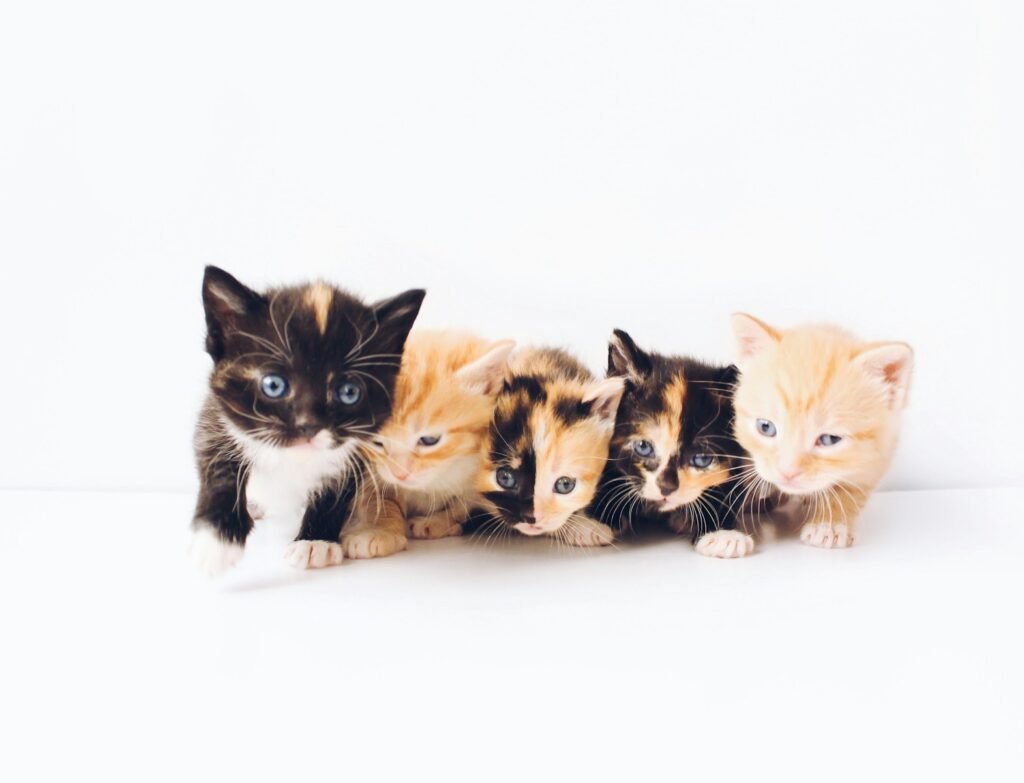
A cat’s experience with water often influences its reaction. Cats that were introduced to water in a positive, non-threatening manner as kittens may show a more open attitude towards it. Those whose early experiences were unpleasant or frightening might exhibit aversion or fear. Positive reinforcement and gradual exposure can sometimes help change this aversion into curiosity or enjoyment.
Coat Type and Grooming
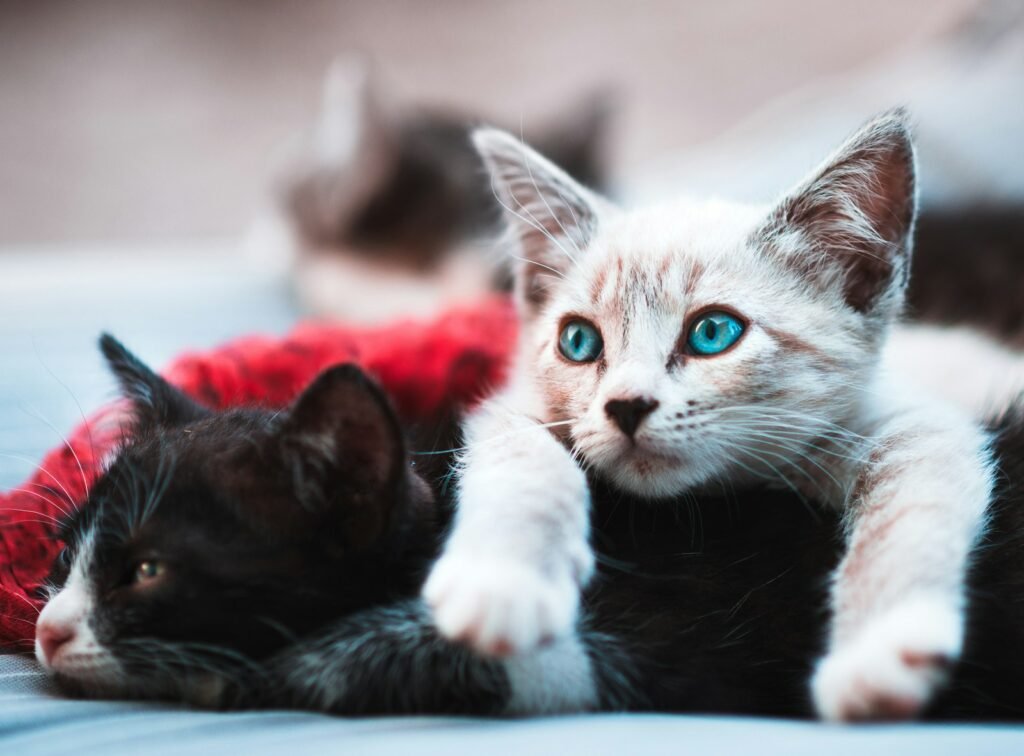
The texture and density of a cat’s fur can also play a significant role in their reaction to water. Cats with thick, double-layered coats, like the Maine Coon, are more resistant to getting wet and may have a more favorable disposition towards water, partly because their fur is somewhat water-repellent. Conversely, cats with thinner coats might dislike the water because they feel the chill more quickly.
Predatory Instincts

Cats are natural hunters, and this instinct sometimes plays a part in their fascination with water. Moving water or water where objects, such as fish or toys, are present can simulate the conditions found in their natural hunting environments, sparking interest in some felines. This sensory stimulation can make the water an irresistible allure for them.
Cat Breeds That Love Water

Certain cat breeds are known for their unique affinity towards water. Among these are the Turkish Van, often referred to as the “swimming cat,” and Bengal cats, which have been observed enjoying splashing about in water. Such breeds may possess genetic traits that have evolved to accommodate living near or interacting with water.
The Role of Temperature

Water temperature can significantly affect a cat’s willingness to interact with it. Cats are sensitive to extreme temperatures. A warm bath might be enjoyable, whereas cold water could reinforce negative feelings about getting wet. Ensuring that water is at a comfortable temperature may encourage more positive interactions.
Hydration Importance
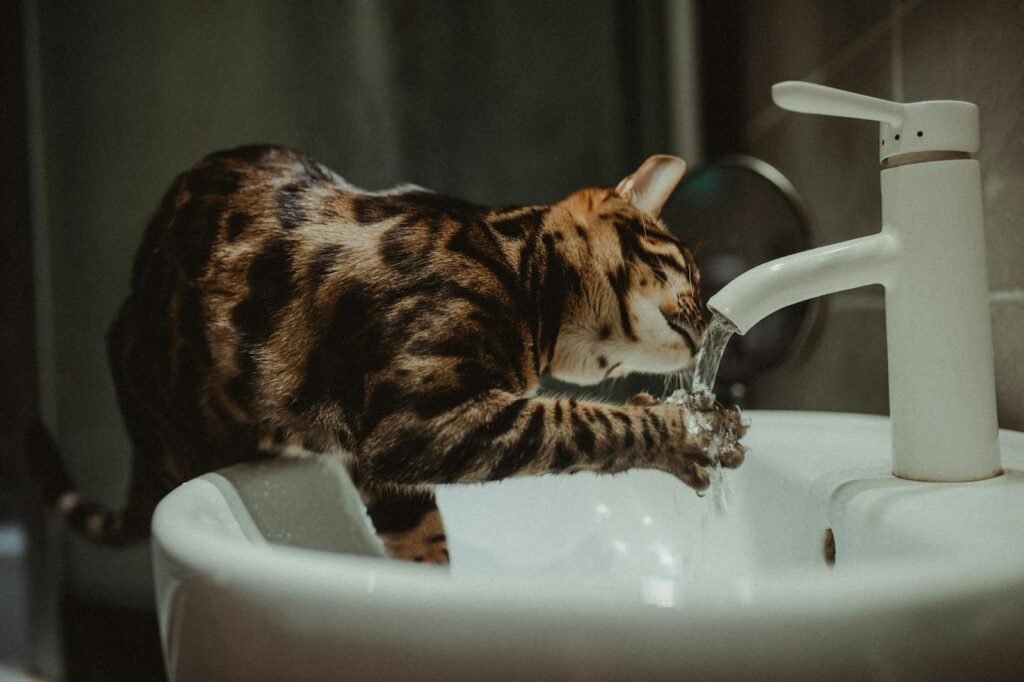
While some cats may not enjoy swimming or being submerged, their engagement with water often revolves around drinking. Cats need to stay hydrated, and many are naturally drawn to the fresh, flowing water from taps or fountains. These sources of moving water feel fresh and may encourage proper hydration, essential for their overall health.
Feline Curiosity and Play

Cats are incredibly curious creatures, and water can often pique their interest. Cats that enjoy playing with dripping faucets or pawing at their water dish do so because the motion and sound are intriguing. This play behavior can be a sign of a cat’s natural curiosity, rather than a love for water itself.
Stress and Fear Factors
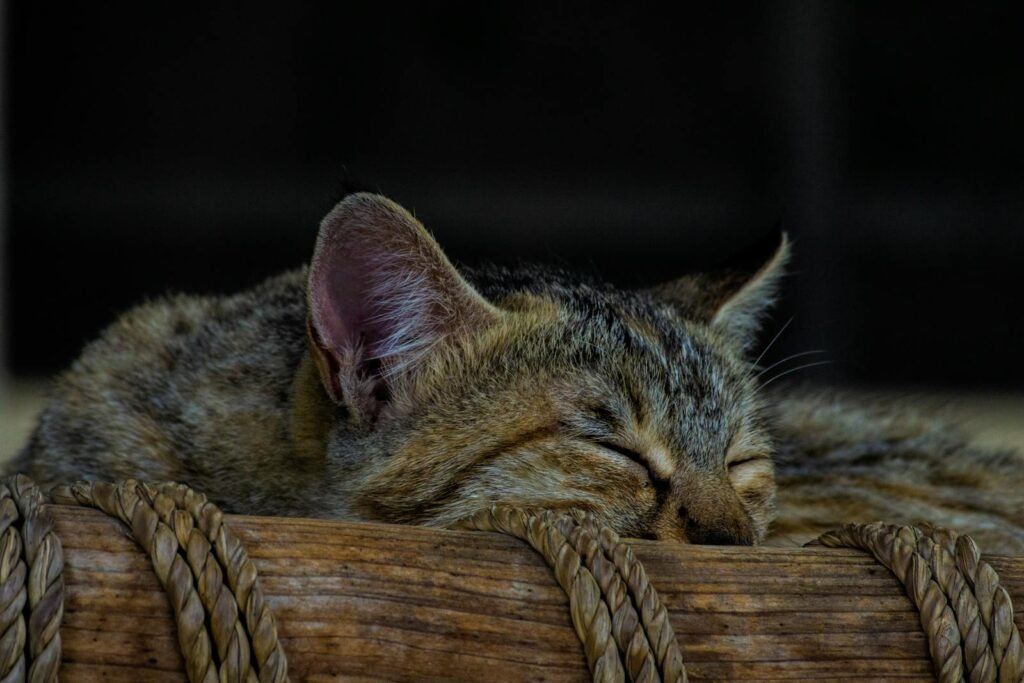
Stress can significantly impact a cat’s behavior towards water. A cat that is already stressed or anxious may perceive water as an additional threat. Creating a calm, stress-free environment can help reduce anxiety-related aversion, allowing the cat to investigate and possibly enjoy water activities at their own pace.
Conclusion
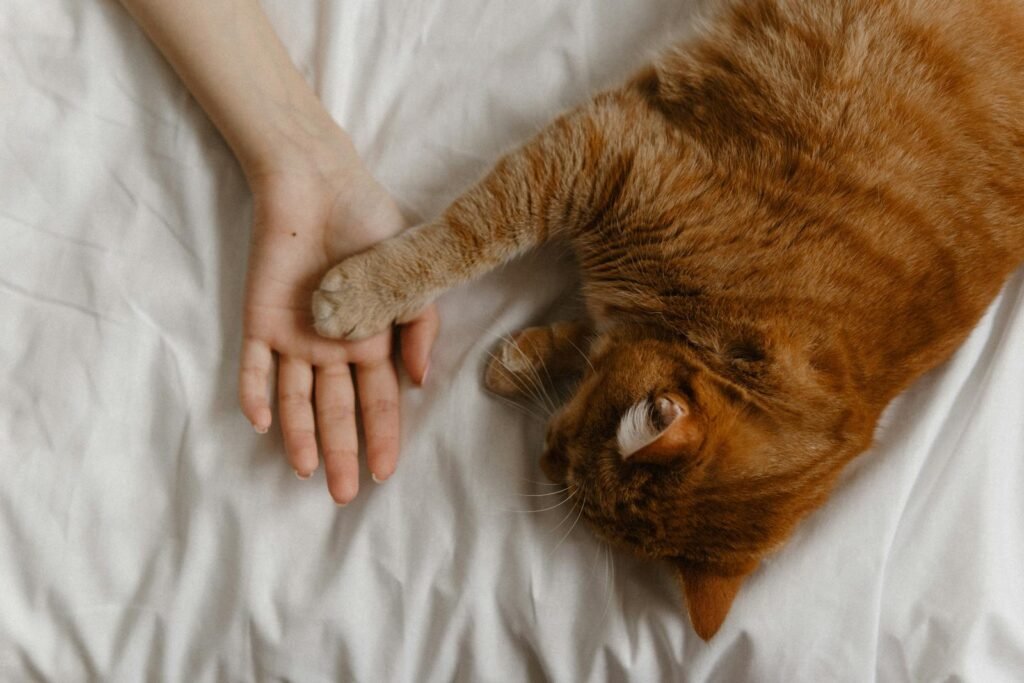
The feline relationship with water is complex and varies from one individual to another, influenced by a combination of genetic, environmental, and experiential factors. While some cats may dive in paws first, others might only dip a cautious paw before retreating. By understanding these nuances, cat owners can better support their pets, whether that means indulging their love for water or respecting their preference to stay dry. Regardless of their stance on water, cats remain forever fascinating, charming us with their unique blend of independence and whimsy.

Growing up traveling and experiencing new cultures and wonders, I have had a passion for nature, adventuring, photography, and videography. I am currently working towards a BSc in Biodiversity and Ecology at Stellenbosch University, and I hope to specialise in Marine Sciences one day.
Please send any feedback to Feedback@animalsaroundtheglobe.com






